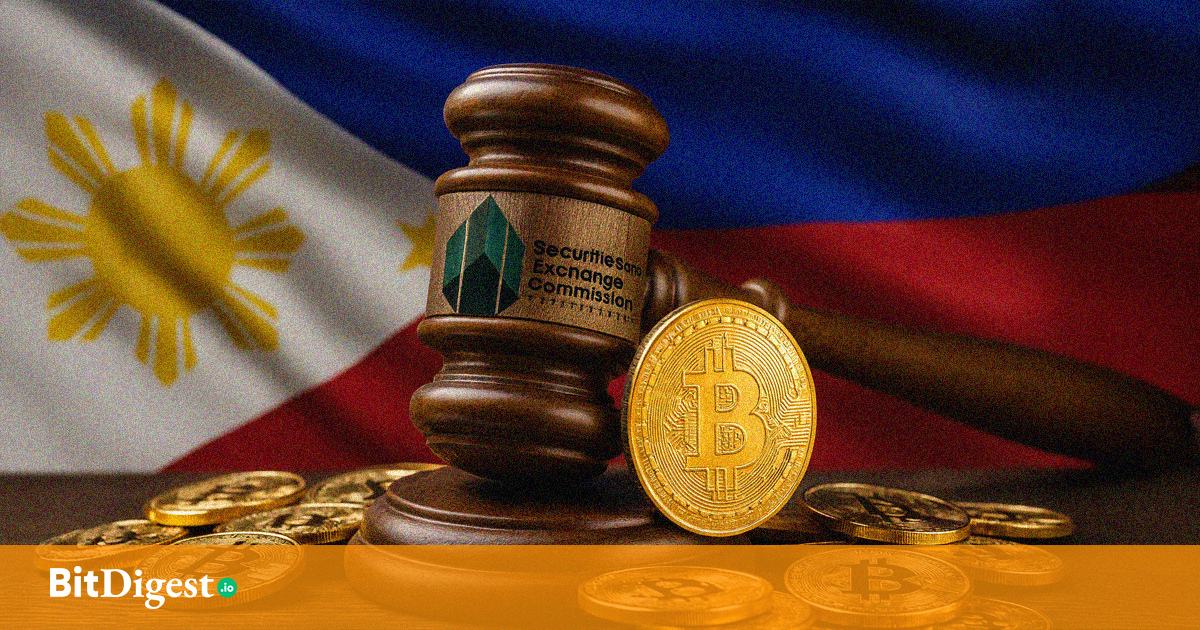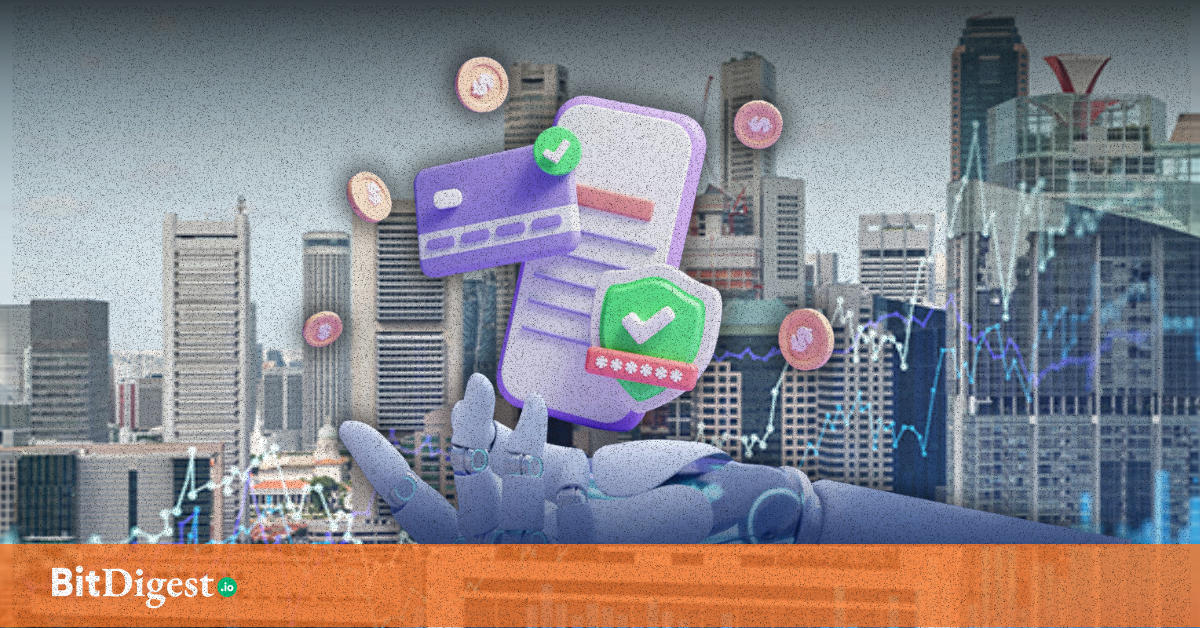From Gray to Regulated: SEC’s New Rules Mark Turning Point for Philippine Crypto
The Philippines has entered a new regulatory era for cryptocurrency. As of July 5, 2025, the Securities and Exchange Commission (SEC) has officially enforced its Guidelines on the Regulation of Crypto Asset Service Providers (CASPs), moving the country’s crypto sector out of a largely informal environment and into formal oversight. This shift places digital asset service providers—such as exchanges, custodians, and brokers—under a structured regulatory framework for the first time. For both the public and the private sector, the guidelines mark a decisive moment in shaping a more accountable and transparent crypto ecosystem.
Understanding SEC CASP Guidelines Better: Registration and Capital Requirement
The CASP guidelines, formalized under Memorandum Circular Nos. 4 and 5, Series of 2025, set out a series of requirements for any entity providing crypto-asset services in or targeting the Philippine market. SEC has set up a formal process for CASPs to begin registration:
- Submit intent and documentation to casp@sec.gov.ph
- Provide financial statements, compliance frameworks, and token disclosures
- Establish a local business office
- Pay a ₱50,000 registration fee and commit to quarterly/annual supervision reporting
Entities already offering services without registration may be subject to administrative and criminal sanctions under the Securities Regulation Code.
Two financial requirements stand out in the SEC’s new CASP guidelines: the ₱50,000 application fee and the ₱100 million minimum paid-up capital. Though sometimes mentioned in the same breath, they serve very different purposes and apply differently depending on the type of crypto service being offered.
The ₱50,000 application fee is a one-time administrative charge required of all entities applying for registration as a Crypto Asset Service Provider (CASP). It must be paid upon submission of the necessary documentation and reflects the SEC’s cost to process, evaluate, and review the application. This fee applies universally—whether a company is launching a full-fledged exchange or offering limited crypto services.
By contrast, the ₱100 million minimum paid-up capital is a substantive financial requirement aimed at higher-risk service providers. This includes entities such as crypto exchanges, custodians, broker-dealers, and those facilitating token sales or operating order books. These businesses often handle large volumes of customer funds and require stronger capital buffers to protect users in the event of operational failures or market volatility.
The SEC’s intention is to ensure financial robustness and consumer protection through sufficient capitalization; this extends to strict AML/KYC compliance protocols aligned with the Anti-Money Laundering Council (AMLC). This includes full customer asset protection measures, such as asset segregation and custodial transparency; prohibition of public offerings of unregistered digital assets, with mandatory disclosures required at least 30 days before any token issuance.
Not to mention, supervision fees and ongoing reporting, including financial statements, operational audits, and transaction data. Entities must also maintain a physical business presence in the Philippines and staff operations during local business hours. The guidelines further outline penalties for non-compliance, including fines of ₱50,000 to ₱200,000 per violation, daily late fees, and potential license revocation.
Regulation, Not Rejection
To clarify misconceptions, the SEC has emphasized that the guidelines are not a ban on crypto use or innovation, but a structural mechanism for oversight. “The rules were issued to support local players and go after those unregistered ones… We believe that the rules will give more teeth to our enforcement team,” said Atty. Paolo Ong, Assistant Director, SEC Fintech Innovation Office. The guidelines are in line with global trends, aligning closely with the Markets in Crypto-Assets (MiCA) regulation in the EU and similar frameworks in Singapore and South Korea. These developments reflect a shared goal: making crypto safer for the public while enabling compliant businesses to thrive.
Local Sentiments—Between Caution and Compliance
The crypto community has responded with a mixture of support and concern. Key figures in the space have acknowledged the intent behind the rules, while pointing out the potential impact on smaller startups. Others, like the Philippine Association of Crypto Traders, have suggested a tiered compliance model, allowing smaller firms to enter the space under lighter conditions, while still upholding consumer protection. Despite criticisms, several firms have already signaled readiness to comply, citing benefits such as improved reputation, easier bank partnerships, and protection from legal uncertainty.
For Filipino crypto users, the new rules signal a shift toward a more transparent and secure marketplace. Platforms that comply will be legally accountable, offering more predictable consumer protections and recourse mechanisms. The public can expect better transparency on where funds are held, greater protection against fraud and insolvency, a reduction in the spread of unregistered or deceptive token offerings, and new pathways for institutional players to join the crypto ecosystem. It’s also a signal to global investors that the Philippines is serious about fostering a credible crypto environment.
The SEC’s new rules are a turning point—not just for crypto providers, but for users and institutions seeking assurance in a volatile space. For an industry long shaped by ambiguity, the introduction of firm guardrails marks the beginning of a more structured, transparent, and accountable future.
While challenges around implementation remain, especially for smaller players, the guidelines represent a green light for responsible innovation and a safer, more trustworthy crypto ecosystem in the Philippines.
.svg)


.svg) SHARE TO FACEBOOK
SHARE TO FACEBOOK SHARE TO TWITTER/X
SHARE TO TWITTER/X SHARE TO LINKEDIN
SHARE TO LINKEDIN SEND TO MAIL
SEND TO MAIL





.svg)


.svg)